Searching for different types of headphones for your ears on the Internet search engine may prove to be quite overwhelming. Each model or type has a unique design and most often than not, that design actually has a unique setting or function that sets it above the other types of headphones in the market. In this article, we will be giving you a simplified yet informative list of the types of headphones to help your research easier and to help you make an informed purchase, whether you are a musician, vocalist, or casual listener.
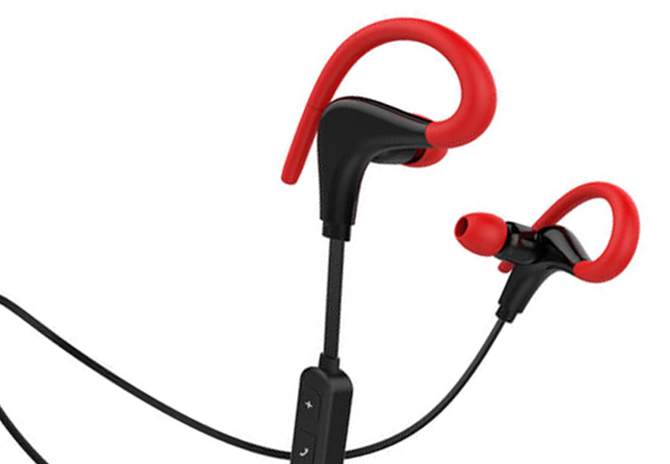
Types of Headphones: Closed Back Headphones
Among all the types of headphones, the closed back headphones are recommended for listeners who desire to block out peripheral noise using those kinds of devices. With the closed back style, surrounding noise is kept out so that the listener can enjoy the track or podcast that’s playing.
Closed back headphones also feature a noise audio isolation experience so that listeners can hear the sound that they want to hear. If you want to fully immerse yourself in whatever you are listening to, closed back headphones are the ideal pick for you among all the types of headphones.
Among all the types of headphones, closed back design is the most preferred by professional musicians and sound engineers especially when used in a recording setting in the studio. This is due to its feature of being able to block out all outside noises to focus on notes from the vocalist or instrument. This is also one of the types of headphones that have little to zero noise leakage to ensure that the recording track will be flawless.
You don’t have to be a musician to fall in love with this type of headphones. Individuals whose personal preferences involve a private listening experience or who want to listen to a track in high volume in public places without running the risk of sound leaking out will surely enjoy the benefits of these types of headphones.
How are closed back types of headphones worn? Closed back headphones come in two styles – over-ear and on-ear. The over ear types of headphones cover the entire ear while the on-ear types of headphones rest lightly on the place of the top of the ears. These types of headphones are considered to be the bulky ones and are usually worn over the head. Through test, research and experience, the sound quality of these types of headphones range from excellent high quality to moderate quality, depending on the applications and tech provided by the brand. It also has a versatile construction that can withstand long periods of usage.
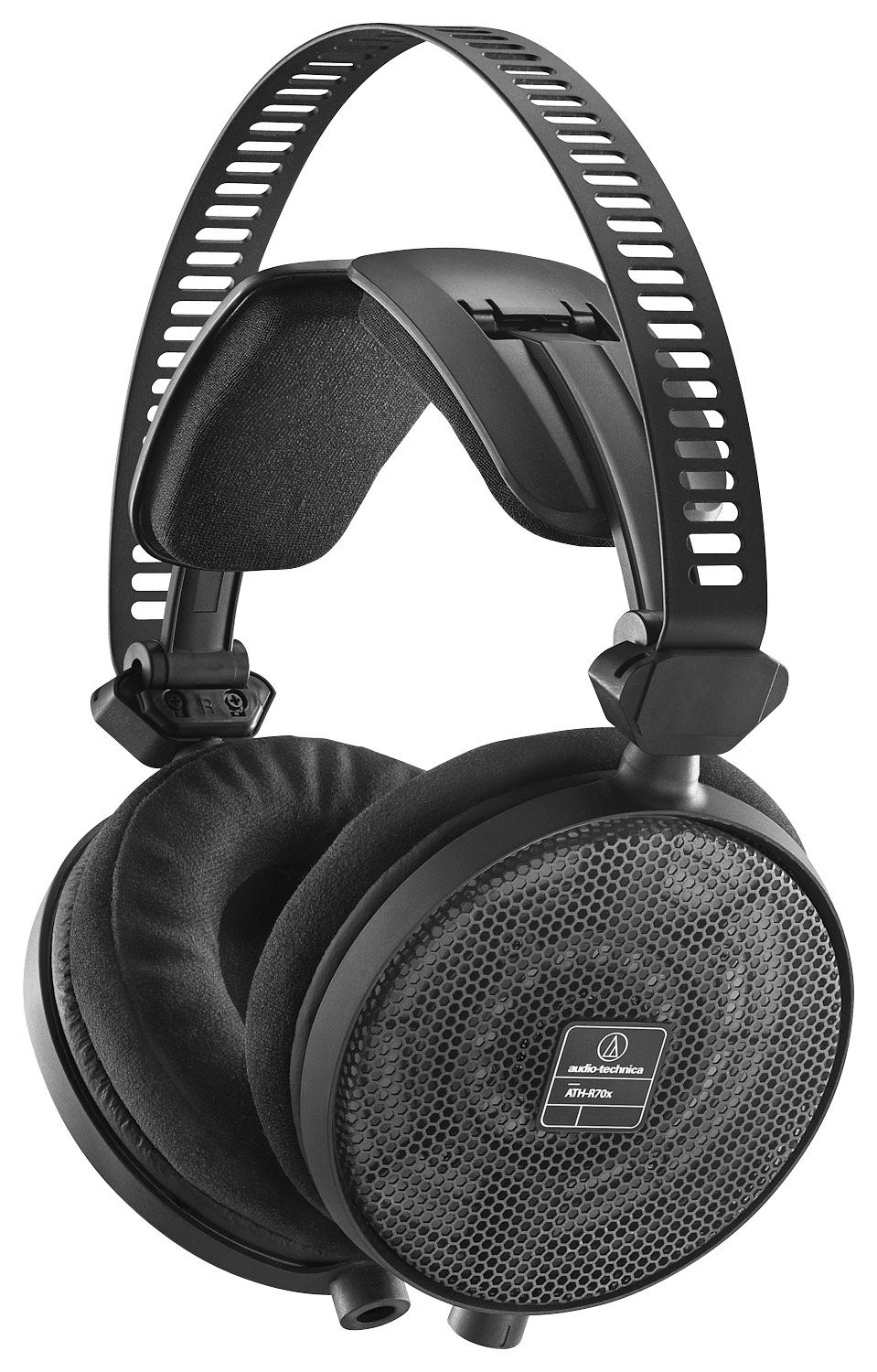
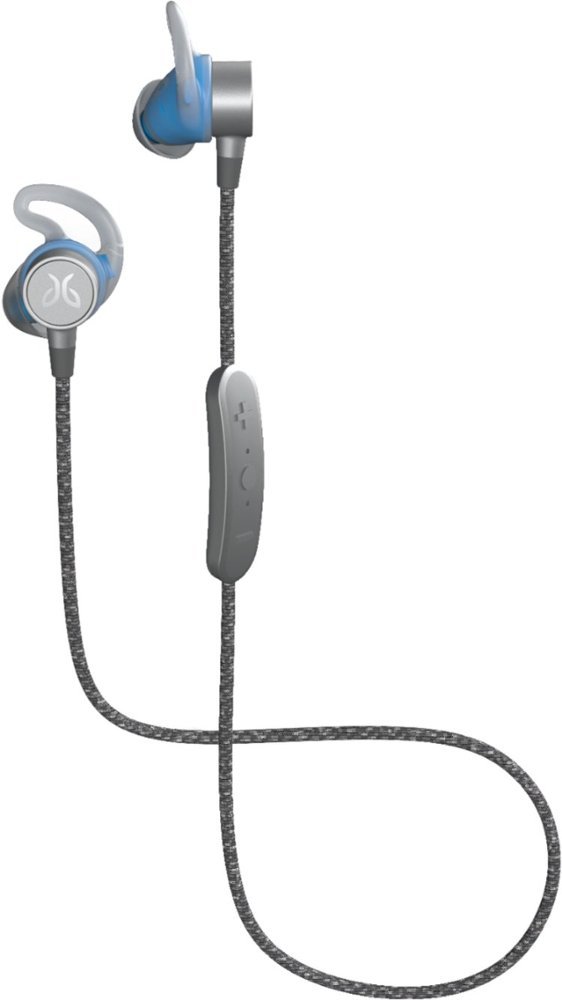
Types of Headphones: Open-Back Headphones
Open back headphones are types of headphones that, by definition, are literally open at the back. They also have open ear cups to allow some levels of sound waves to leak into the environment, resulting in more open and airy sound quality, much like listening to music via a loudspeaker in a room. Open back headphones are considered to be the complete opposite of closed back types of headphones which give an isolated sound experience. So now you might be wondering, why on earth would someone want to have an open sound experience, with a little audio leaking out of the device? Who would want these types of headphones?
Well, technically, it all depends on the needs and personal preference of a listener. These types of headphones best suit those who are into mastering or mixing music and audio in studio settings. If you are an employee of a recording studio or a radio sound engineer, you would most probably recognize the importance of these types of headphones.
Because of its open design, the leakage that these types of headphones create allows the mix to remain accurate and also lowers the risk of build up of certain frequencies which is unavoidable in closed back headphones. Individuals who are in charge of mastering and mixing audio will benefit from the technology of these types of headphones because they can have more room to adjust or come to terms with what they are hearing. On the other hand, closed back types of headphones have the tendency to put on some weight and lower the frequencies, making it incompatible for studio mixing purposes.
Don’t take it the wrong way though – these types of headphones are not strictly for studio mixing and sound mastering technology. It can still be used by audiophiles who just want this kind of technology that provides a true, flat sound. Of course, if you are someone who wants to have privacy and needs covering for whatever sound or music you are listening to, these are not the types of headphones for you. Another thing that’s also worth noting about these types of headphones is that they create less pressure because of their design, making them more feasible to be worn for long periods of time.
You can enjoy the best of both worlds by choosing semi-open types of headphones. This is designed with a slightly open curve to allow just a little bit of leakage while balancing sound isolation.
Types of Headphones: On-Ear Headphones
On-ear headphones literally rest on top of the ears. For you not to get confused between on-ear headphones and over ear types of headphones, you can try to remember that the former are smaller while the latter have larger ear cups – clue: bigger padding around the ears.
Another sassy name for these types of headphones is supra aural headphones, so if you come across that term during your research guide or while watching a video on YouTube, just think of them as on-ear headphones. Aside from being comfortable, these types of headphones are also light and comfortable, with less chances of sweating. When shopping for these types of headphones, you need to consider the comfort especially since they will be sitting on top of your ears for quite some time.
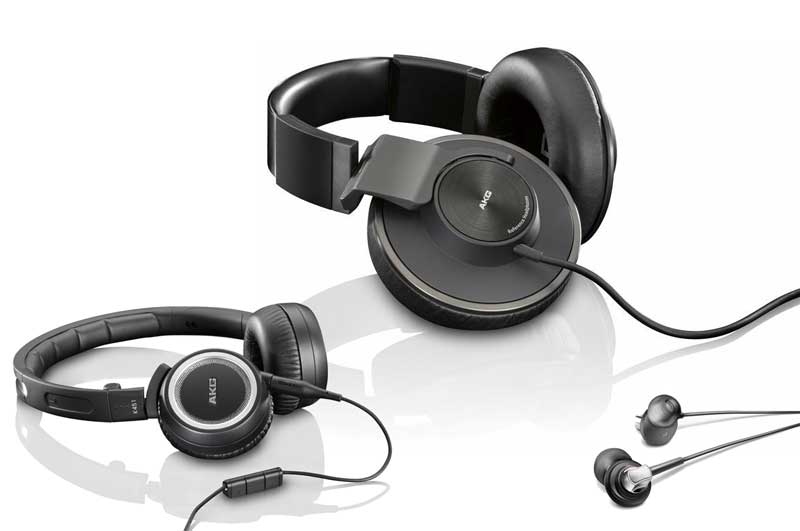
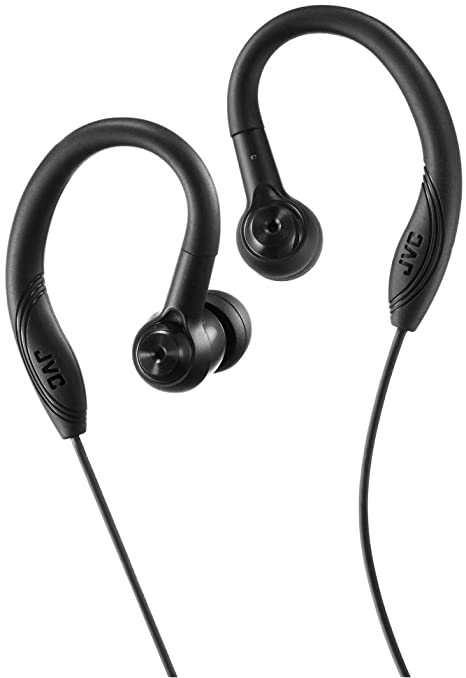
Types of Headphones: Over-Ear Headphones
Another fancy term for these types of headphones is circumaural. They literally sit on top of the head and focus on sound isolation. Over-ear headphones are ideal for listeners who are looking for superior noise reduction because the mechanism of these types of headphones create an intimate environment and interference-free listening experience between the listener and the environment.
If you are looking for the best types of headphones that have superior features when it comes to controlling noise leakage, over-ear headphones are the ideal choice. Over-ear models can also be available with an open-back design for a more breathable listening experience. However, these types of headphones are more common with closed back styles and are primarily used because of their high quality sound capability, isolation and noise cancellation. This type is also a popular design for noise cancelling headphones for kids.
These types of headphones can be really comfortable, especially for the high end brands that offer velvet or leather ear cups. However, these types of headphones are more likely to make its users sweat because very little air manages to circulate out or in. Just like the closed back headphones, these types of headphones also share the spot for the most bulky types of headphones. Although they may look bulky, they actually feel really comfortable, just like two fluffy pillows being pressed against the side of the head.
Since they are heavier and bulkier than other types of headphones, this type can more likely cause some fatigue on the head so you wouldn’t really want to use this for a long period of time like for gaming marathons or for studio sessions.
Types of Headphones: In-Ear Headphones
Looking for convenience, versatility and portability? These types of headphones are the most popular and portable headphones and are considered to be the fastest growing styles in the electronic and mobile industry. Also known as canal phones, these types of headphones are the most common headphones in the market, being used by average consumers such as commuters, students, employees, etc.
These types of headphones may not have all the features that other high-end and larger headphones offer, but they actually have the room to compete with more powerful devices. They are coined as canal phones because they sit a bit deeply in the ear canal, closer to the eardrums.
These types of headphones are available either with wire or wireless (powered by Bluetooth). Either way, they can still offer pretty much the same features that most consumers are looking for in most types of headphones – comfort, sound accuracy and sound isolation. For you not to get so confused with all the available types of headphones, you can think of in-ear types as the portable version of closed-back types of headphones.
With these types of headphones, you may expect a little bit of sound leakage thanks to the silicone ear tips. A tight seal of in-ear headphones is the secret to a great listening experience so you might want to purchase something that has different available ear tips.
These types of headphones are highly recommended for individuals who are always on the go, always travelling or gym rats. Depending on the brand, style and quality, these types of headphones have the potential to offer excellent sound quality, just like bigger and more complicated models. For the record, Apple Inc. AirPods Pro belongs to these types of headphones.
If you prefer these types of headphones, make sure not to listen to music at very high volume levels because you may damage your hearing in the long run. Remember, they are sitting in your ear canal, just beside your ear drum, so any loud sound exposure may cause damage to your hearing.
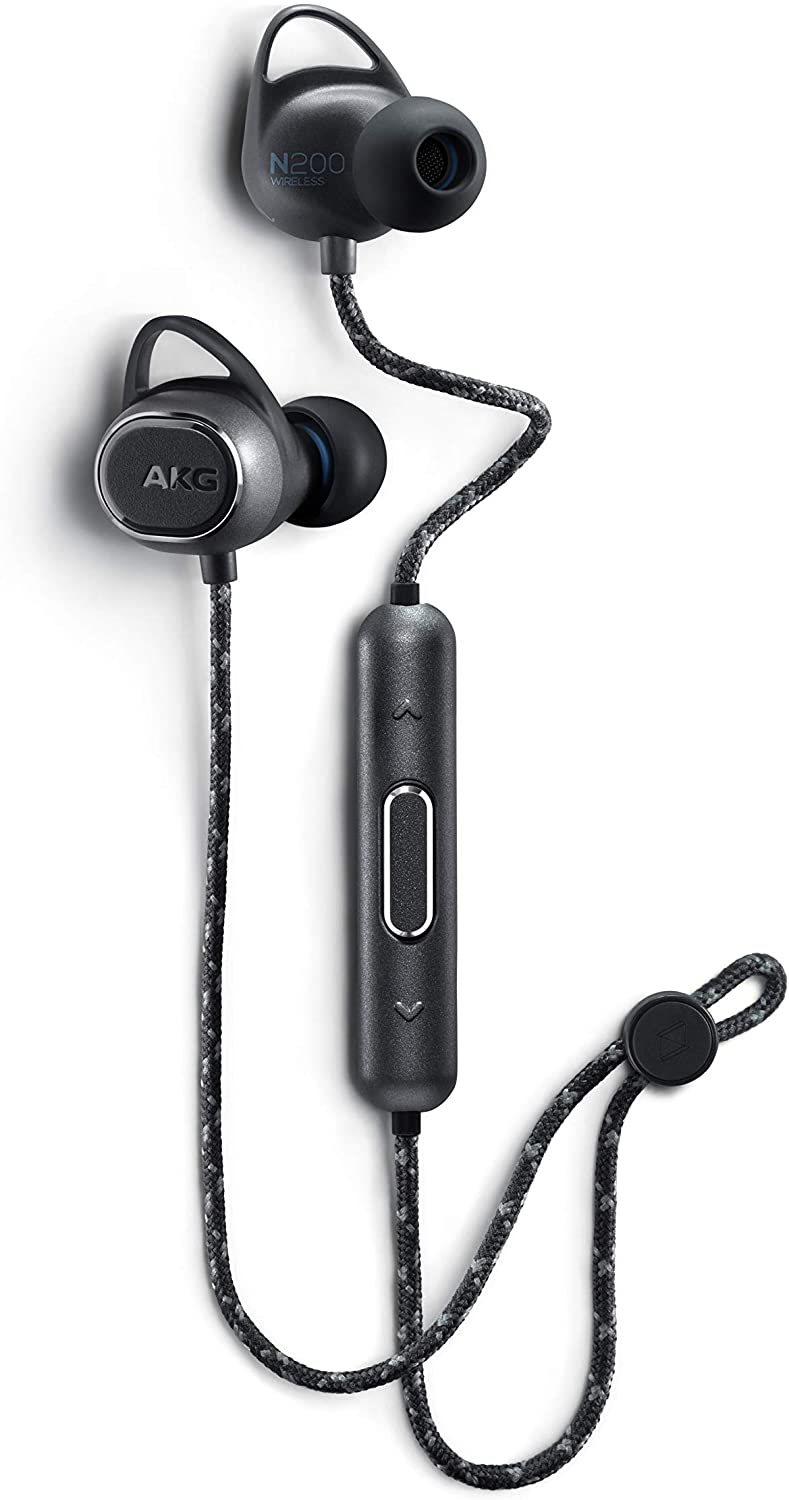
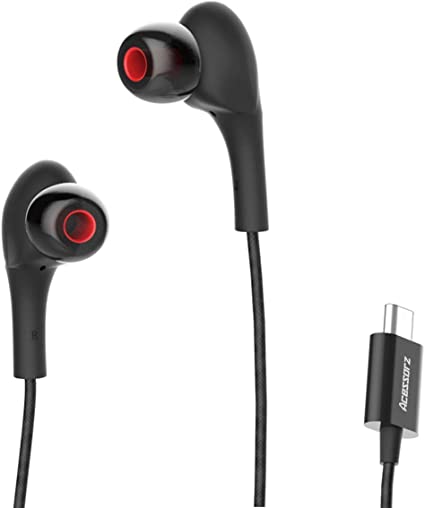
Types of Headphones: Noise Cancelling
Noise cancelling headphones have a special built in technology that benefits individuals who literally want to reduce sounds from the surroundings actively. The technology powers these types of headphones to measure the lower frequencies in the surroundings with a little microphone attached on the earcups and then creating an equally opposite frequency to cancel out those sounds that the microphone picked up. In terms of higher frequency sounds, noise cancelling types of headphones use sound proofing to keep out those high frequencies or a combination of the first mentioned method.
So that concludes our informative guide for the different types of headphones available in the market. We hope that this article has helped guide you in making an informed purchase, whatever your budget may be. Remember, there’s a pair of headphones for you, whether you are planning to use it for your daily exercise, for gym sessions, for traveling or daily commute. You don’t really need to go over your budget and purchase expensive, high end brands like Airpods from Apple Inc. or Sennheiser – keep in mind that the most important thing you need to consider is that you are choosing the types of headphones that will suit your needs and preferences.
